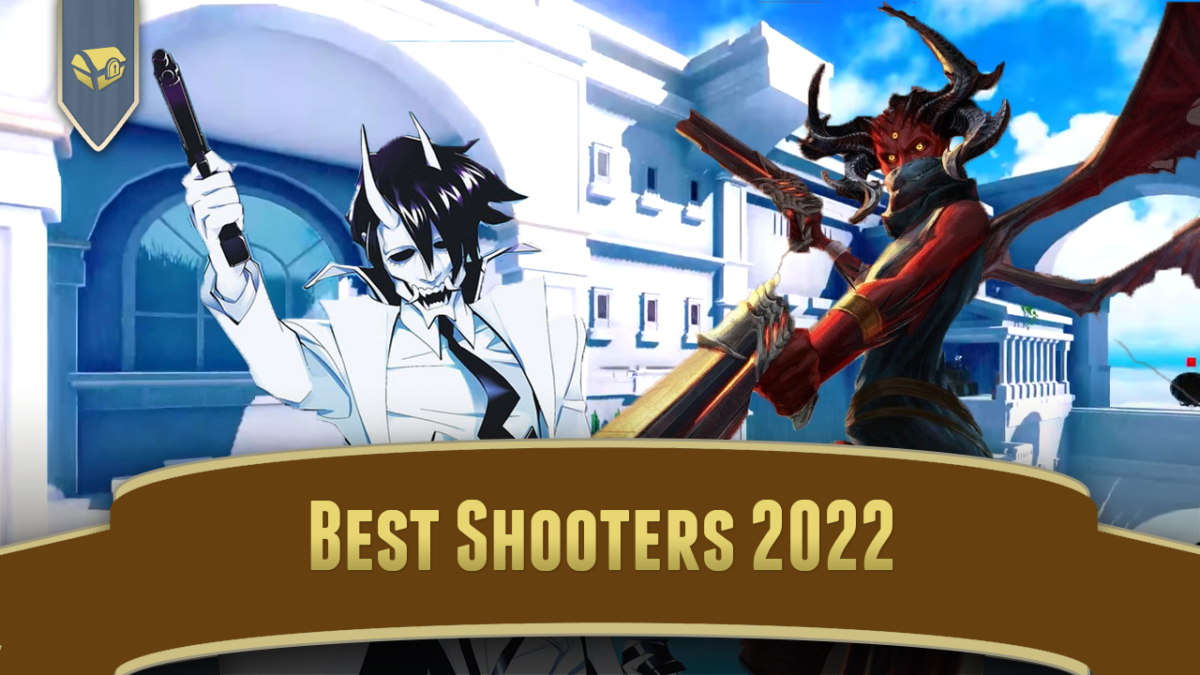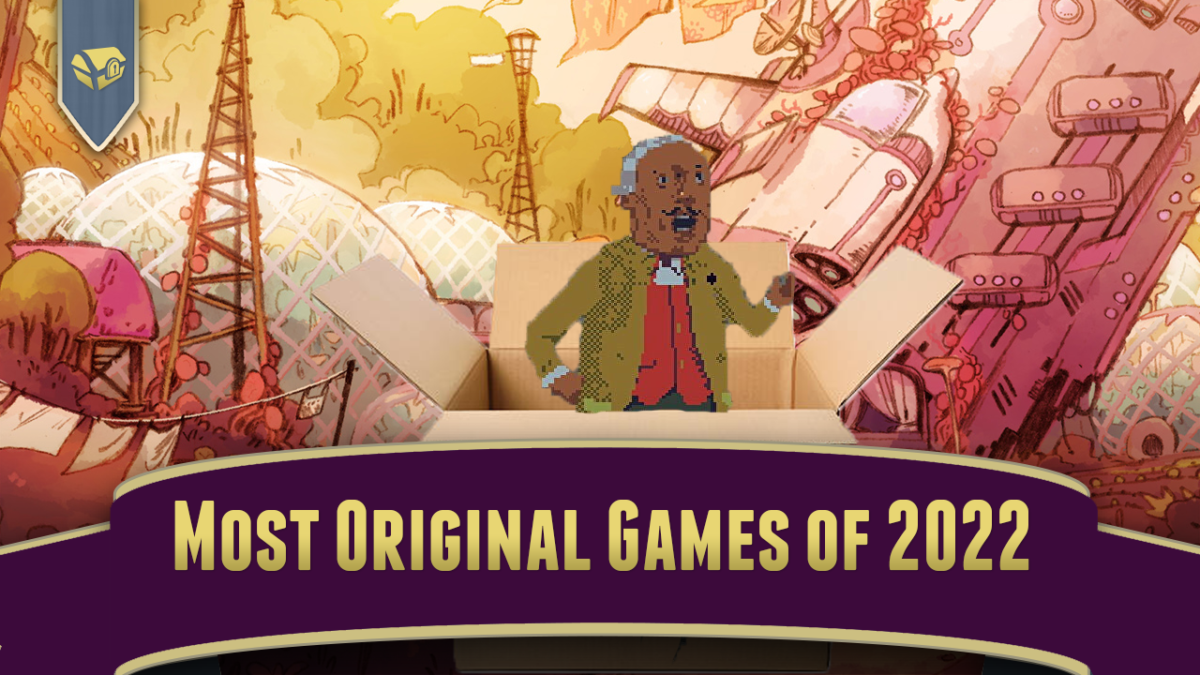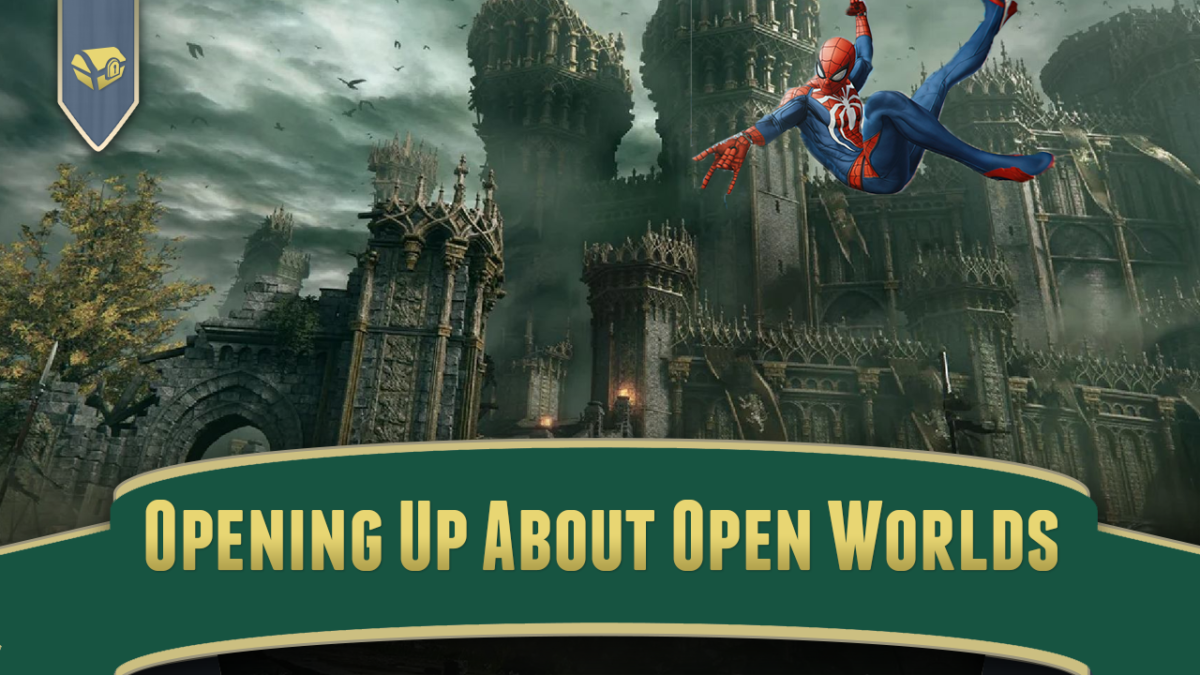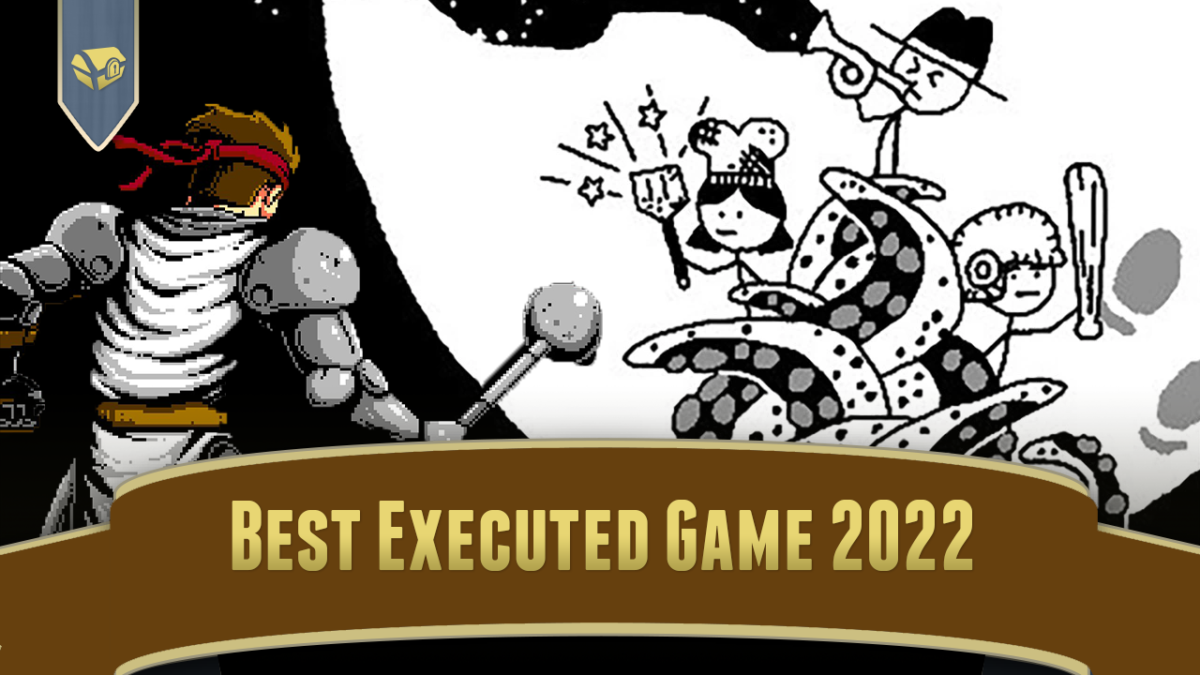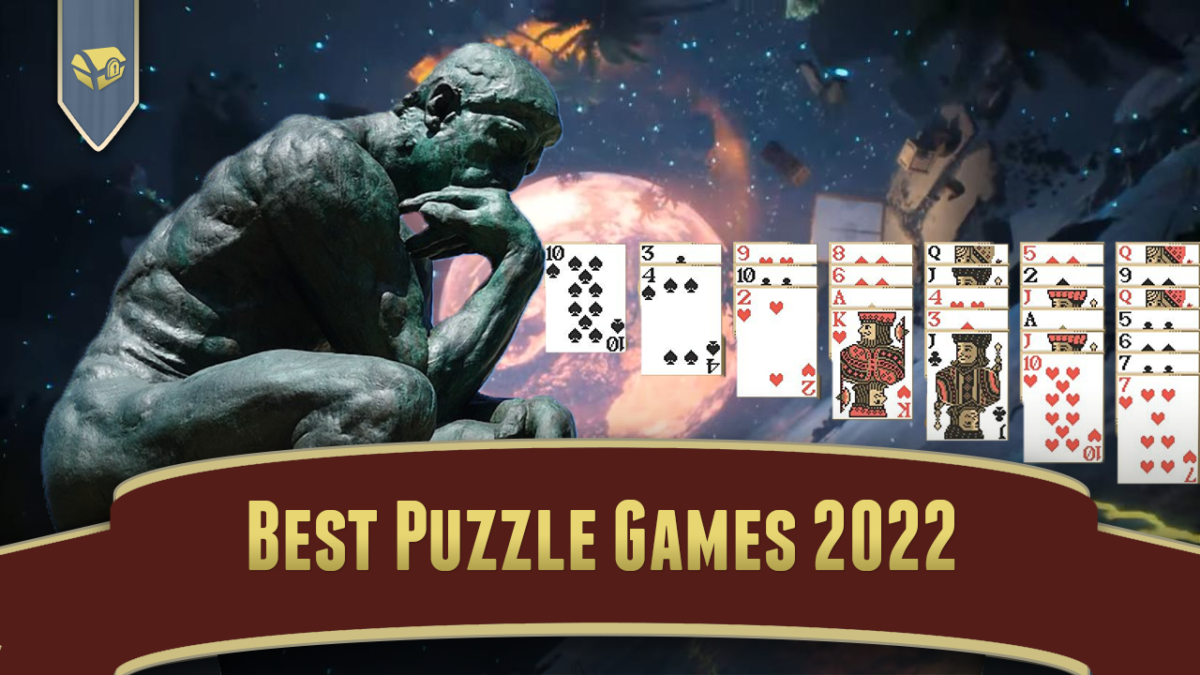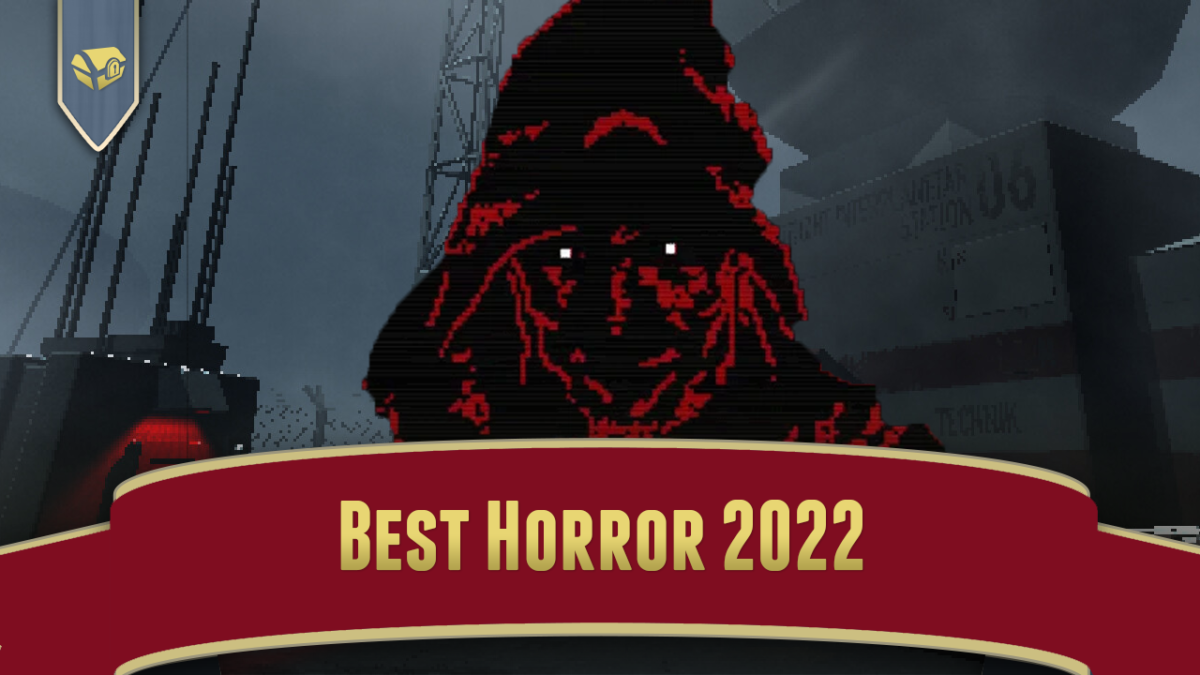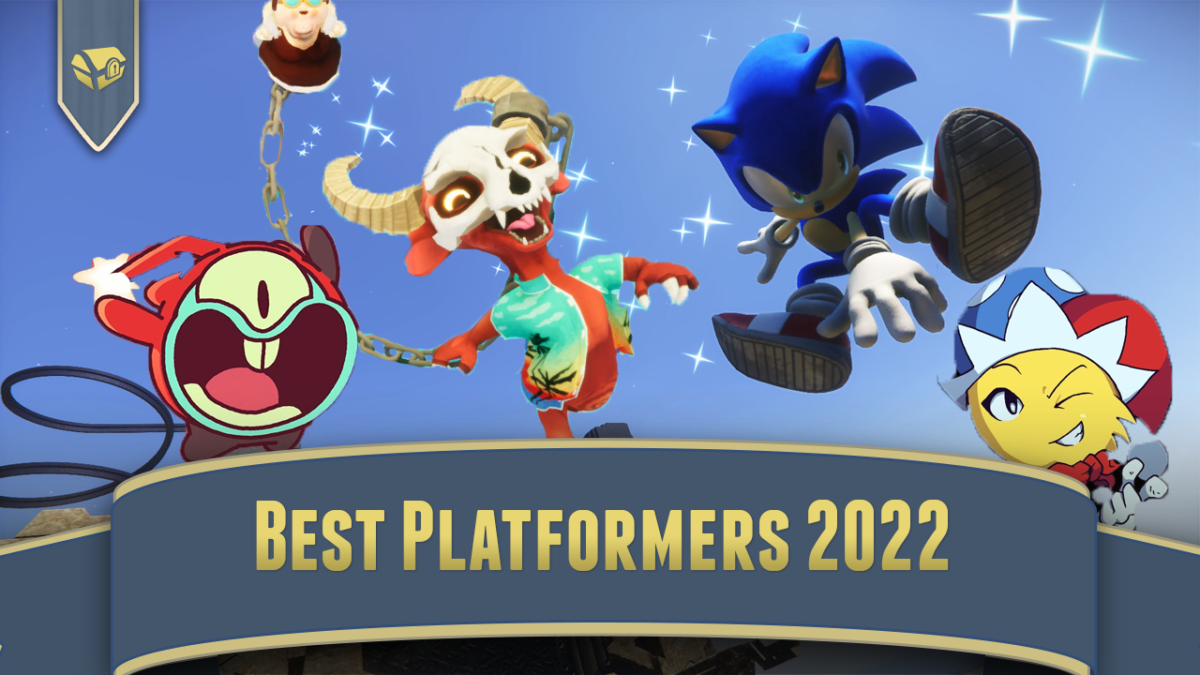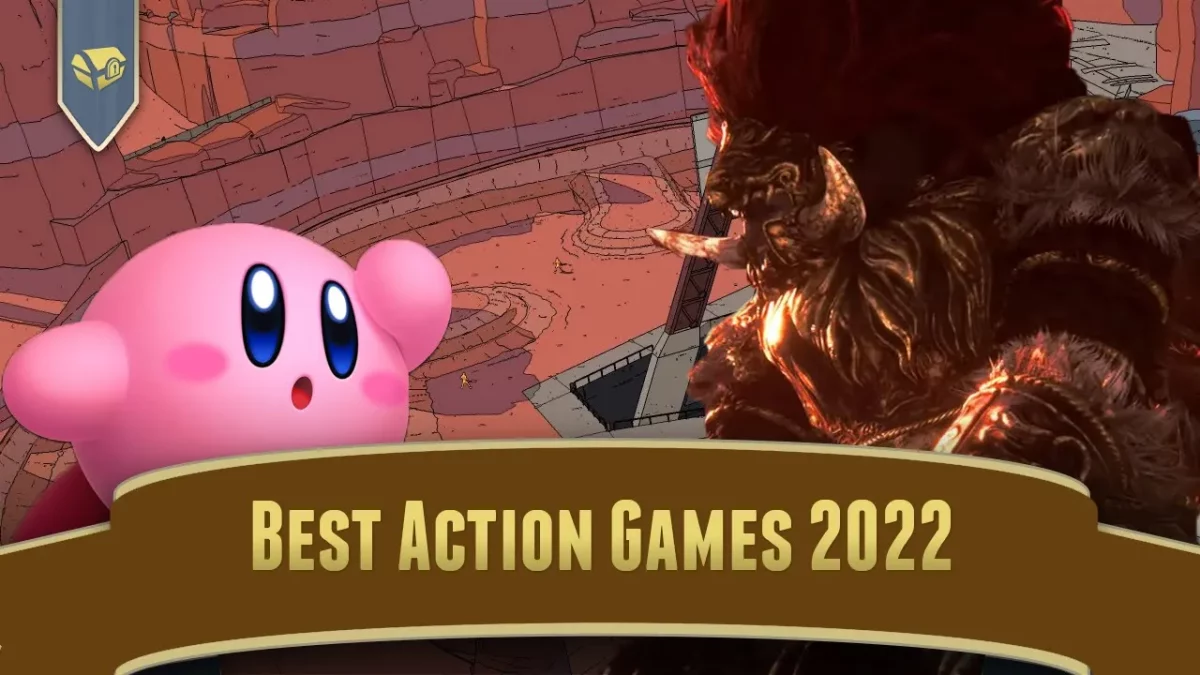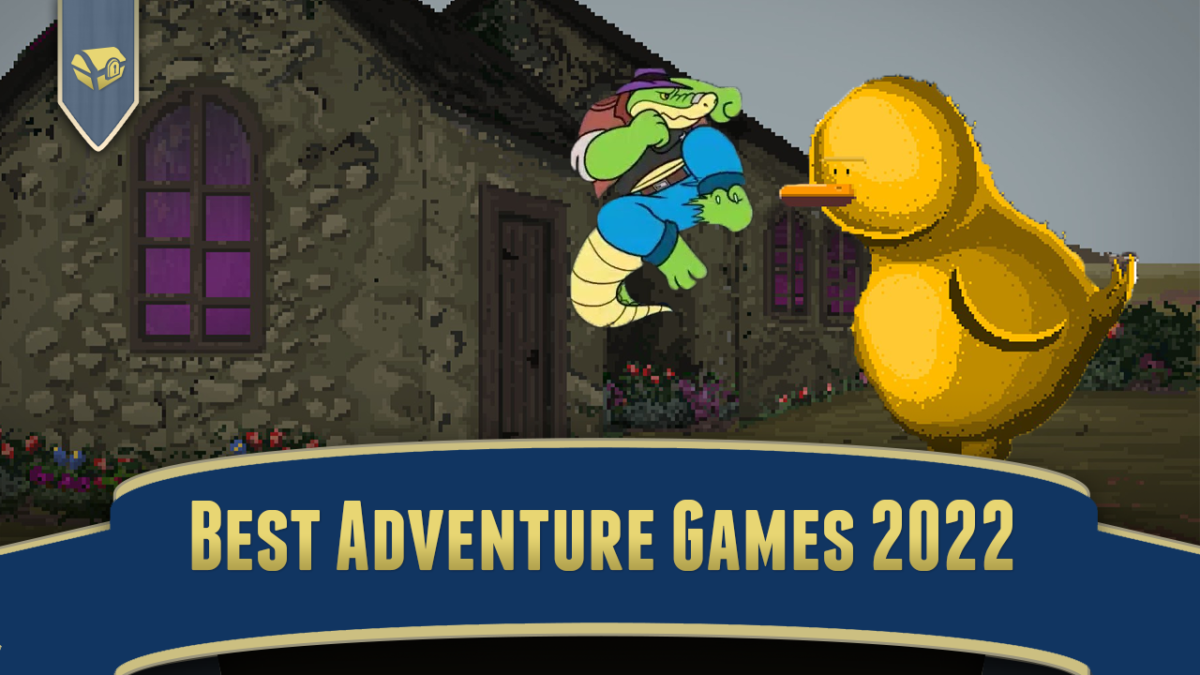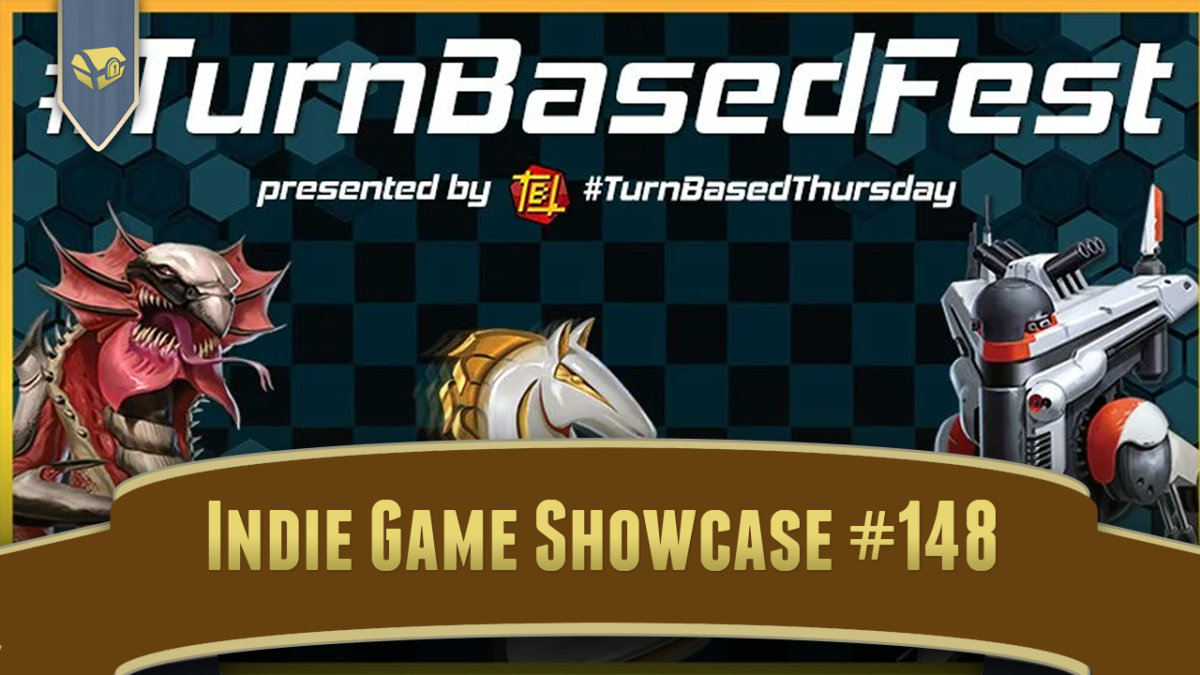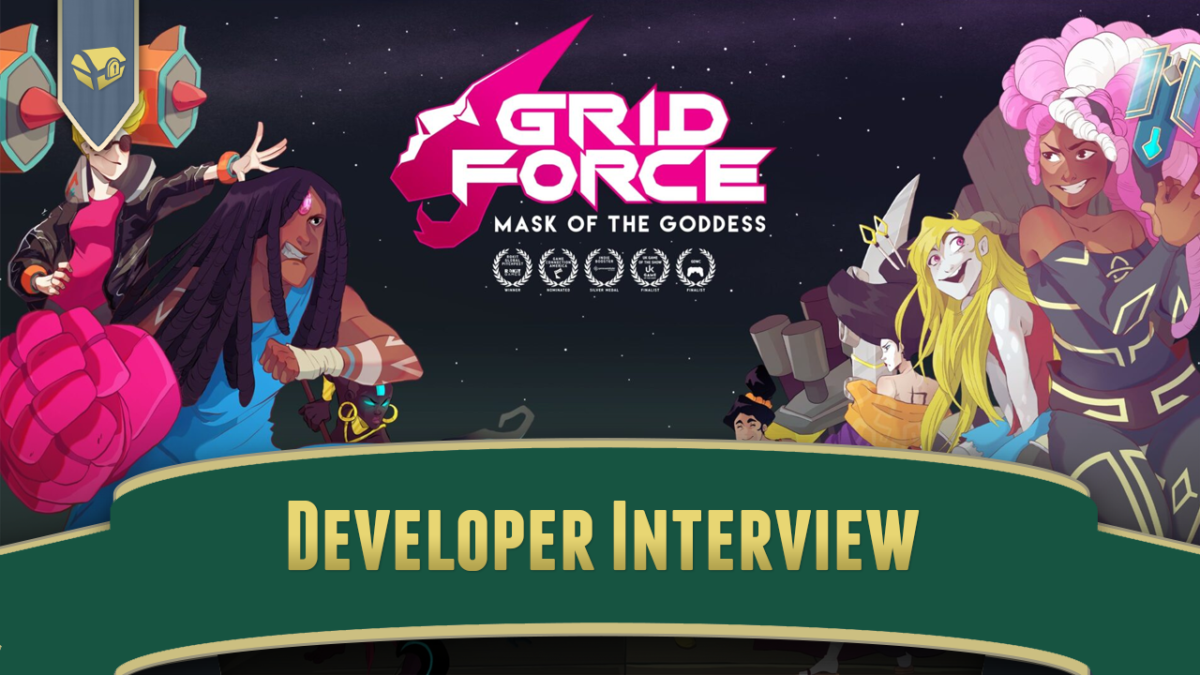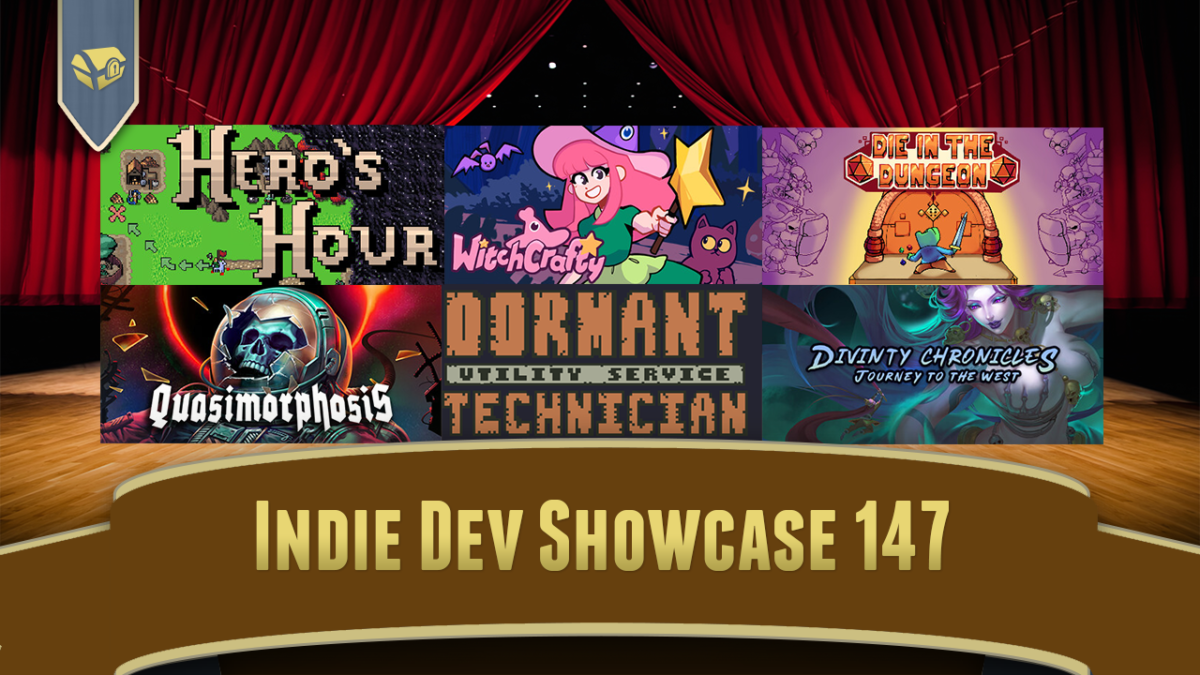For this entry in my best-of-series, I’m talking about my favorite shooters and what games had the best gunplay this year. There were so many games this time that I had to double up the awards.
Honorable Mentions: Shadow Warrior 3
A game I feel a lot of people have forgotten that came out in 2022, Shadow Warrior 3 may not stand out as much as the second game, but this is a solid game that apes the push forward combat of Doom Eternal with the low brow humor that the series is known for. The gun play was fantastic, and I liked the use of environmental hazards to be used against enemies.
What hurts the game is the shorten campaign and just the lack of variety as the game went on. It was a fun time, but one that wasn’t that memorable.
3: Hedon and Vomitoreum
The GZdoom modding scene has continued to grow over the past 30 years, and the mods have only gotten bigger and more ambitious. For my #3, I actually picked two different games built off of GZdoom. Hedon is a massive open-styled FPS with each level feeling like a combination of several FPS levels put into one. There is a lot to explore in this game, along with some hard combat if you play on the higher difficulties.
Vomitoreum does one better, and is a metroidvania open world shooter. Taking place in a world long since destroyed thanks to a plague and alien force. It’s up to us to save what’s left in the world by exploring and shooting a lot of mutants. The metroidvania upgrades work to give you a lot of options as the game goes on, with numerous secrets and bonus weapons to find. The game is on the short side if you’re not going for all the secrets, but this is a great game if you don’t mind some body horror to see just how far modders have gone in terms of transforming Doom.
2: Metal Hellsinger and Neon White
The second place also goes with a tie this year. Metal Hellsinger combines the rhythm-based design of a music game, with the combat and feel of a push forward FPS…along with plenty of metal. While you can turn down a lot of the beat-detection, this is first and foremost a game about music. A really solid first concept, and if you’re a metal head and a shooter lover, this is a must play.
Neon White continues the trend of speedrunning-based FPS with a very stylish and anime inspired game. Each level plays out more like a puzzle of you trying to figure out how to get through it as fast as possible using the different weapons and their secondary abilities to skip huge chunks of the stage. Admittedly, I’m not a fan of the story, as it leans heavily into anime tropes, but the gameplay and gunplay are fantastic.
#1 Cultic Episode 1
This may be considered a cheat, but with the Cultic episodes being released as standalone, and the first one is completely done, I’m adding it to the list. Cultic honors its inspiration from Blood. The game has a stylized look with some of the largest levels I’ve seen from a boomer shooter. While the individual elements we’ve seen countless times, the complete package, even in just this first episode, is fantastic. There is a great sense of growth and evolution over the episode, as enemies and encounters escalate and so do your available weapons. If the ending is any indication, the remaining chapters are only going to get even better from here.

Owner of Game Wisdom with more than a decade of experience writing and talking about game design and the industry. I’m also the author of the “Game Design Deep Dive” series and “20 Essential Games to Study”

